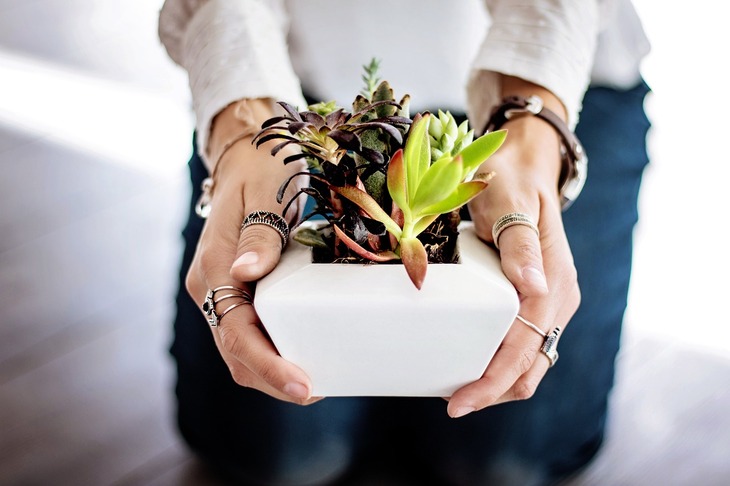Knowing the right time to repot your houseplants can be the key to their health and longevity.
Flowering period
During flowering, plants are under maximum stress.
Repotting during this period can cause stress, which will not only stop flowering, but can also lead to the loss of already formed buds or flowers.
It is better to wait until flowering is over and the plant returns to vegetative growth.
Winter months and dormancy
Many plants go through a dormant period where their growth slows and sometimes stops completely.

In winter, especially for plants originating from tropical and subtropical regions, the decrease in temperature and daylight hours makes transplanting stressful.
During this period, the root system is not able to quickly recover after transplantation, which can lead to disease or even death of the plant.
Immediately after purchase
Newly acquired plants are often already experiencing stress from transportation and changing conditions.
Repotting immediately after purchase can add to this stress.
It is better to give the plant time to adapt to the new environment, observing its condition for at least a couple of weeks.
Time of illness or stress
If the plant is already showing signs of disease or stress (yellow leaves, wilting, leaf spots), repotting may only make the situation worse.
In such cases, it is important to first find out the cause of the ailment and resolve it, and then think about a transplant, if necessary.
After a recent transplant
If the plant has recently been replanted, replanting it again in the near future may damage the still fragile root system.
The plant needs time to take root and recover from the previous transplant.
It is generally recommended to wait at least a year for most houseplants.
Period of active growth
Although it may seem counterintuitive, repotting during periods of active growth (usually spring) should be done with caution.
During this period, the plant quickly develops new roots, but if the transplant is done incorrectly, these young, sensitive roots can be damaged.
When the soil is too dry or too wet
Transplanting under extreme soil moisture conditions may be harmful.
Soil that is too dry can cause damage to the roots when removed from the pot, while soil that is too wet can cause the roots to rot in the new medium.
It is optimal if the soil is moderately dry before transplanting.
Presence of pests
If pests are found on the plant, repotting may spread them to new substrate or other plants.
It is important to first treat the plant for pests and then, if necessary, repot it using a clean, sterilized pot and soil.
When changing the conditions of detention
If a plant has recently been moved to a new location with different light, temperature, or humidity conditions, it is best to wait until it has adjusted before repotting.
Every change in conditions is stress, and their accumulation can be fatal for the plant.








